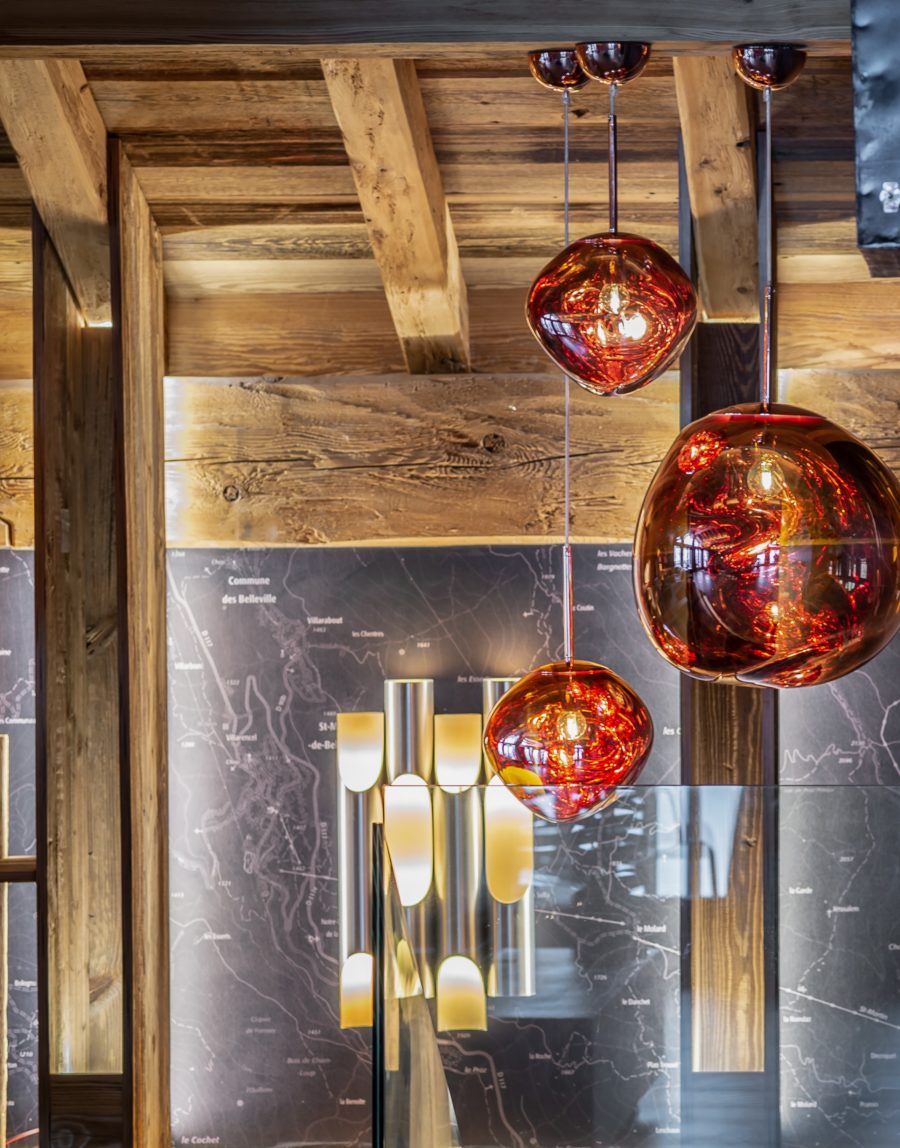How PROMOJAY interior designers work with our customers ?
Next part of the interview with Pierre François Amevet, Director of the Amevet Agency and Bastien Jovelet, Director of Nouvel Angle, PROMOJAY’s partnering interior designers.
What happens during the first meeting with the customer?
P.F Amevet: The first meeting is key, allowing us to get a feel for, understand and set a direction for a particular project based on specifications. To ensure its success, listening and discussion is vital. I always usually handle this key first step myself as it is crucial in terms of future relations. I listen and listen some more, to make sure I understand and am understood. Then I reformulate, talk, explain, reassure… In two hours, I am able to describe the key aspects: the feel, time frame, budget, process. At the end of the first meeting, we are able to offer customers a Pre-Project Overview, which provides an outline of their project, amongst other aspects.
B. Jovelet: I don’t personally know my clients, and yet they entrust the design of their interior space to me… This means there is a lot to discuss in the first meeting.
I encourage them to talk about themselves, their lifestyle, and goals. Without even alluding to décor and style, the functional aspect needs to be addressed first. Do they eat with their children? Do they listen to music? Do they usually watch television in their bedroom or in the lounge? Do they like to cook? Shower or bath? These questions help me to understand how they live, if we need to create a large, open-plan kitchen with a bar or rather have another room.
I also like them to visit a project that has already been completed (such as the Ferme de 1779). This allows them to visualise the space, it reassures them, acting like a showroom, and I can then show them many different layouts, finishes and décor options, and I immediately know whether they like them or not.
And what must the client do on their side?
P.F. Amevet: They need to carefully think about their specific expectations. What do they consider as key spaces? For example, how many bedrooms, bathrooms and en-suite main bedrooms are required? Do they want a ski room, sleeping quarters, or a wellness area?
Do they already have an idea about the desired feel? Is there a type of furniture, or even a piece of furniture, that they want to incorporate into the project, to add that finishing touch? To what extent should home automation be included?
Of course these expectations can be clarified as the project progresses, as ongoing discussions are held throughout. Each new request, and each proposal from our side leads to the compiling of a very comprehensive file, with perspective sketches, elevations, plans of visual markings, layouts, etc.
B. Jovelet: If they invest heavily in it, the project means a lot to them, and when I meet with them, they’ve usually already gathered a number of photos that inspire them. This is a good thing, as that’s how I work: I ask them to create a library (for example on Pinterest), placing everything they like there, ideas of what they’re looking for, specific details such as a shower nook, basin set on a counter top, or a glass railing on a wooden staircase.
This is a key step for me, as even if their lifestyle has been discussed in detail, here we touch on the décor style they like. At this point, photos are more valuable than hours of discussion, they allow me to clarify what they are looking for, take this on board and compile a project proposal in line with this.
It’s not my own chalet that I’m designing, it’s theirs… I need to put myself in their shoes so as to meet all their expectations.
Then begins a period of back and forth liaising: I send them proposals for each choice that needs to be made, including kitchen and bathroom fittings, as well as electronic equipment. And of course we meet face to face several times to select finishes (flooring, tiles, etc.)
What work materials do you use?
P.F. Amevet: Plans, markings and perspective layouts, 3D images, elevation plans, etc. This is in addition to samples of materials assembled in a palette, so that the customer can get a better feel for the materials, finishes, shades and hues in a particular space: the floor, walls, paintings, fabrics, etc.
B. Jovelet: I work on the main rooms in 3D, so the customer is able to visualise their project based on a very realistic rendering. I model the living room with a chimney, the kitchen and the main bedroom with en-suite bathroom. And potentially the sauna or some other specific request
In it, I include suggestions for furniture and light fittings, which allows me to check the positioning of the various elements and compile an electrical layout plan accordingly.
Generally customers do not know how to read a plan, and even less so a technical plan, so they find it difficult to visualise their future space based on a trends board or hand drawn sketch. 3D is a tool they love, it gives them the impression they are seeing their completed chalet. But above all, it allows for the minute detail to be shown, as well as the constraints related to the frame or other aspects and the solutions offered. The customer is involved with all the selections that need to be made as the building works progress.
In concrete terms, what work do you do for PROMOJAY?
P.F Amevet: We support PROMOJAY customers with their desire to personalise their property, up to the realising of building works, and the selection of furniture and décor accessories.
B. Jovelet: Promojay markets luxury chalets and apartments, where customers can personalise their interior fittings. The chalets are delivered with all of their fittings (wooden floors, panelling, tiles, stonework, etc.), as well as fully-fitted kitchens and bathrooms.
I therefore help the customer with their selections, designing the kitchen, bathrooms, chimney and all the necessary fittings (cupboards, hanging rails, etc.) within the set budget. I then provide Promojay with a document containing all of this information, together with associated plans and images.
This is the document Promojay can then submit to the companies consulted for realising the building works. Everything is designed and selected in it, up to the specific model for the ceiling spots and skirting board colour.


